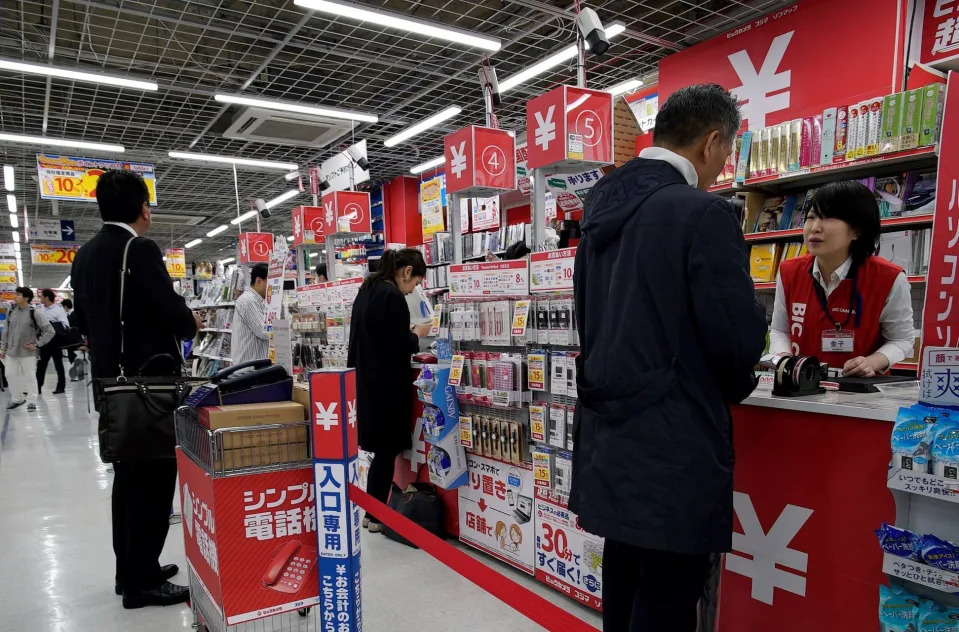The consumer price index (CPI) in Japan rose 2.4% in July, a level not seen for seven and a half years in a country that for years has tried to fight deflation and is part of the inflationary dynamic caused by rising energy and raw material prices.
The data published today by the Japanese Government represents the eleventh consecutive month of increase and the largest rise in prices since December 2014, when the rise in the CPI was 2.5% and was motivated by an increase in VAT of three percentage points.
In fact, if the effect of that tax increase is excluded, inflation in July this year is the highest since August 2008, as the Japanese Ministry of the Interior and Communications has recognized today.
Compared to the previous month, prices increased by 0.5%, according to data published by the Ministry.
Energy prices rose 16.2% in July compared to the same month in 2021, a rise that was limited in turn by the subsidies activated by the Government to contain fuel costs.
Core inflation, which excludes the price of energy and food due to its volatility, was 1.2% compared to the same month of the previous year and 0.5% compared to the month of June.
Among the 522 elements that the Japanese government includes in the so-called CPI basket, the prices of 376 of them rose in July, compared to only 101 that became cheaper and 45 that remained unchanged.
The figure for July, which was already preceded by a rise in inflation of 2.2% in June, also represents the fourth consecutive month in which the increase in the CPI is above the 2% target set by the Bank of Japan (BoJ).
In July, the BoJ itself had to revise upwards four tenths its estimate for the rise in prices during the current Japanese fiscal year (which ends on March 31, 2023), placing it at 2.3%, one tenth below the data published today.
In recent months, the entity has been placing special emphasis on the importance of underlying inflation when it comes to indicating the true inflationary pressure that the world’s third-largest economy is experiencing, especially that derived from demand and not external factors such as rising fuel prices.
In turn, most analysts believe that with the current levels of inflation in Japan, very low compared to the rest of the large economies, the BoJ will continue to be the only major central bank that is committed to a flexible monetary policy, or ultraflexible in the Japanese case.
“The inflationary pressure is not coming from a solid demand. Rather, it is caused by the rise in the price of imports, motivated in turn by the persistent rise in the prices of raw materials and grain, as well as by the weak yen,” analyst Takeshi Minami of the Norinchukin Research Institute explained to the Kyodo agency.
In this way, Minami believes that the BoJ will keep intact the large-scale stimulus policy that it has activated for a decade with the goal of achieving stable inflation of 2% since it interprets that the inflation that Japan is currently suffering, and that it is not providing a salary increase, it is simply temporary.

